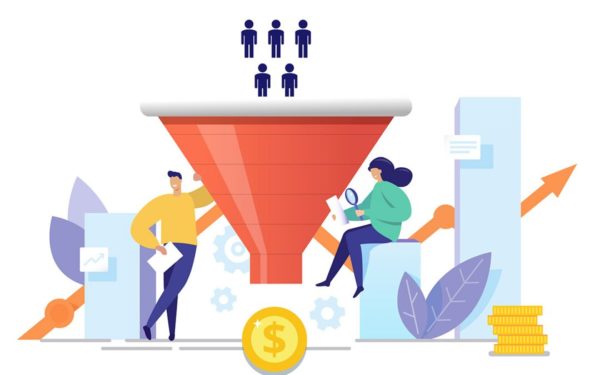When you’re talking or writing to people who are not donors, and you’re thinking about what to say, here’s a truth to remember:
None of them care about your organization, but some of them care about your cause or beneficiaries.
So, don’t start off your speech or letter by talking about your organization. Attempting to start a relationship by talking about something you know the other person doesn’t care about is not a successful tactic.
On the other hand, if you start off talking about your cause or beneficiaries, then the people who care are immediately interested in what you have to say.
Now you’re ahead of the game.
Now, the people who are most likely to donate are the people who are paying attention. And they already know that you care about what they care about.
In the very first moment, you’ve established common ground with the people who are most likely to donate.
And I have to add, the “holy grail” is talking about your cause or beneficiaries and tying it to a value to everyone believes in. Think opening lines like:
“No one should have to suffer from a disease when the cure costs $100. And now that you know you can massively improve a person’s life for less than the cost a nice dinner out, let me tell you how you can do it and why it’s important.”
Now everyone is paying attention.
Or you could start by telling everyone what year your organization was founded.



